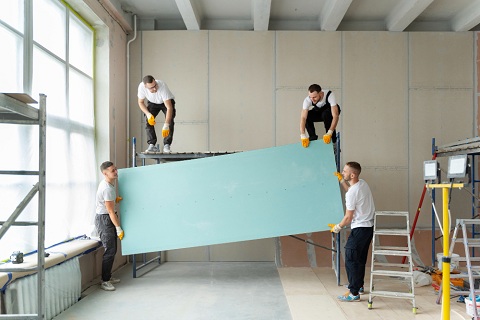The painting commonly known as the “Mona Lisa” has captivated art enthusiasts, historians, and the general public for centuries. However, what many people may not be aware of is that this iconic masterpiece is also known by another name: “La Gioconda.”
In this article, we delve into the intriguing history and explore the artist behind the creation of this enigmatic work of art.
Leonardo da Vinci: The Genius Behind “La Gioconda”
The artist credited with creating the painting alternately titled “La Gioconda” is none other than the legendary Leonardo da Vinci. Born in Vinci, Italy, in 1452, da Vinci was a true Renaissance polymath—a painter, sculptor, inventor, engineer, and scientist. He was renowned for his extraordinary talent, intellectual curiosity, and innovative techniques.
“La Gioconda”: A Masterpiece Shrouded in Mystery
“La Gioconda” or the “Mona Lisa” is arguably Leonardo da Vinci’s most famous and recognizable painting. Completed around 1506, it is a portrait of a woman believed to be Lisa Gherardini, the wife of Florentine merchant Francesco del Giocondo.
The painting’s allure lies not only in the subject’s enigmatic smile but also in the meticulous technique and subtle details employed by da Vinci. The interplay of light and shadow, the soft blending of colors, and the exquisite rendering of textures showcase the artist’s unmatched skill and artistic vision.
The Alternate Title: “La Gioconda”
The alternate title, “La Gioconda,” is derived from the subject’s married name, Lisa Gherardini del Giocondo. It translates to “the joyful one” or “the happy one” in Italian, emphasizing the woman’s presumed expression of contentment or serenity in the painting.
The painting’s dual name, “Mona Lisa” and “La Gioconda,” has led to confusion and speculation over the years. While “Mona Lisa” is the more widely recognized and popular name, “La Gioconda” is used less frequently but is equally valid.
The Artistic Significance of “La Gioconda”
Beyond its dual identity, “La Gioconda” is celebrated for its artistic significance and impact on the world of art. It embodies the principles of the High Renaissance, characterized by its attention to detail, naturalism, and idealized beauty.
Leonardo da Vinci’s innovative technique of sfumato—a subtle blending of colors and tones—creates a hazy, almost ethereal atmosphere around the figure.
This technique, coupled with the mesmerizing smile and the subject’s engaging gaze, imparts a sense of depth, intrigue, and emotional complexity.
The Enduring Legacy
“La Gioconda” continues to captivate audiences and remains one of the most studied and revered works of art in history. Its impact extends far beyond the realm of art, influencing literature, music, film, and popular culture.
The painting’s allure lies in its ability to evoke countless interpretations and theories. Scholars and enthusiasts have speculated about the identity of the subject, the meaning behind her smile, and the artist’s intentions.
This air of mystery has only deepened its enigma and contributed to its enduring appeal.
FAQs Section :
The artist behind the painting is Leonardo da Vinci.
The alternate title “La Gioconda” is derived from the subject’s married name, Lisa Gherardini del Giocondo. It translates to “the joyful one” or “the happy one” in Italian.
The painting is more commonly known as the “Mona Lisa.”
The painting was completed around 1506.
The subject of the painting is believed to be Lisa Gherardini, the wife of Florentine merchant Francesco del Giocondo.
Leonardo da Vinci employed a technique called sfumato in “La Gioconda,” which involves the subtle blending of colors and tones to create a hazy and mysterious atmosphere.
La Gioconda” is considered significant due to its artistic mastery, the emotional complexity portrayed in the subject’s expression, and its influence on art and popular culture throughout history.
The enduring appeal of “La Gioconda” lies in its enigmatic smile, the subject’s engaging gaze, and the countless interpretations and theories it has sparked over the years, contributing to its lasting fascination.
“La Gioconda” is housed in the Louvre Museum in Paris, France, where it attracts millions of visitors each year.
While the subject is believed to be Lisa Gherardini, some aspects of her identity remain speculative, and there are ongoing debates among art historians and experts.
Conclusion
Leonardo da Vinci, the masterful artist of the Renaissance, is the genius behind the painting alternately titled “La Gioconda” or “Mona Lisa.” This remarkable artwork, with its meticulous technique and mysterious subject, has captivated the world for centuries. Regardless of whether we refer to it as “La Gioconda” or “Mona Lisa,” this iconic masterpiece continues to intrigue and inspire, leaving an indelible mark on the annals of art.





